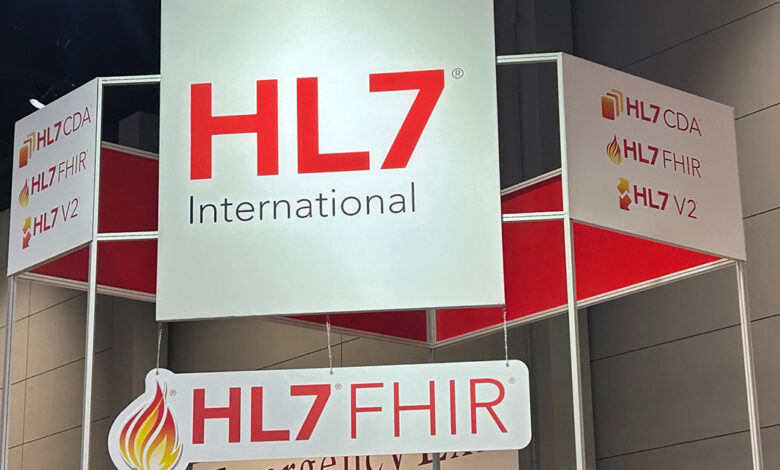Providence implements FHIR to support value-based care


Providence Health System says it is the first health system in the country to use the Clinical Data Exchange specs developed by HL7’s Da Vinci Project to build a FHIR-based data-as-a-service platform.
WHY IT MATTERS
Providence – one of the largest U.S. health systems with 52 hospitals and more than 900 clinics across seven states – says the new clinical data exchange technology it has developed with Premera Blue Cross can be adopted by other providers to alleviate administrative and financial burdens of the transition to value-based care.
The DaaS platform leverages HL7’s Member Attribution, Clinical Data Exchange and Bulk Implementation Guides – national data exchange standards that allow health systems, payers and patients to seamlessly exchange patient records, treatment plans and critical information.
The industry-led Da Vinci Project developed ATR, CDex and Bulk FHIR through HL7 to enhance data sharing between payers and providers.
“By using a national standard for contract gap closure and capturing the much-needed clinical data, we empower all stakeholders in their ecosystem to make more informed decisions, improve patient outcomes and enhance the overall quality of care to our patients – who are always at the center of all our efforts,” said Michael Westover, vice president of population health informatics at Providence, in a statement.
The application of standardized and secure clinical data exchange formats was not only vetted and approved by the provider’s and payer’s internal quality teams but also by external Healthcare Effectiveness Data and Information Set auditors in September, the health system said.
Scalable systems that deploy FHIR standards, which define how healthcare information can be exchanged, have been established to eliminate time-consuming, error-prone processes and could help reduce traditional provider-payer data exchange inefficiencies and increase care quality.
THE LARGER TREND
The lack of standardization and lack of automation have been the most significant barriers to seamless clinical data exchange. Payers and providers have long relied on sharing data in spreadsheets by secure file transfer or email, and then manually reviewing each record.
But getting up and running with the FHIR APIs is often an easier and quicker way to access patient information, regardless of where data originated. It is not the only data exchange standard, coexisting with others that legacy HIT systems rely on.
For example, while the Trusted Exchange Framework and Common Agreement – created by the Office of the National Coordinator for Health Information Technology to create national connectivity of electronic health records – does have a FHIR roadmap, it could amplify variability in the use of other standards.
Deepak Sadagopan and Duncan Weatherston, the co-chairs of the FHIR at Scale Taskforce, or FAST, say there are opportunities to align under TEFCA with FHIR. They say rolling out FHIR standards nationally in a concerted way will provide a more consistent pathway to address the costs of payer and provider data exchange.
ON THE RECORD
“Interoperability is critical within value-based care, and FHIR integration allows healthcare organizations to exchange comprehensive clinical data that enables more accurate risk assessments, enhances care coordination and captures outcomes more effectively,” said Westover.
Andrea Fox is senior editor of Healthcare IT News.
Email: [email protected]
Healthcare IT News is a HIMSS Media publication.




